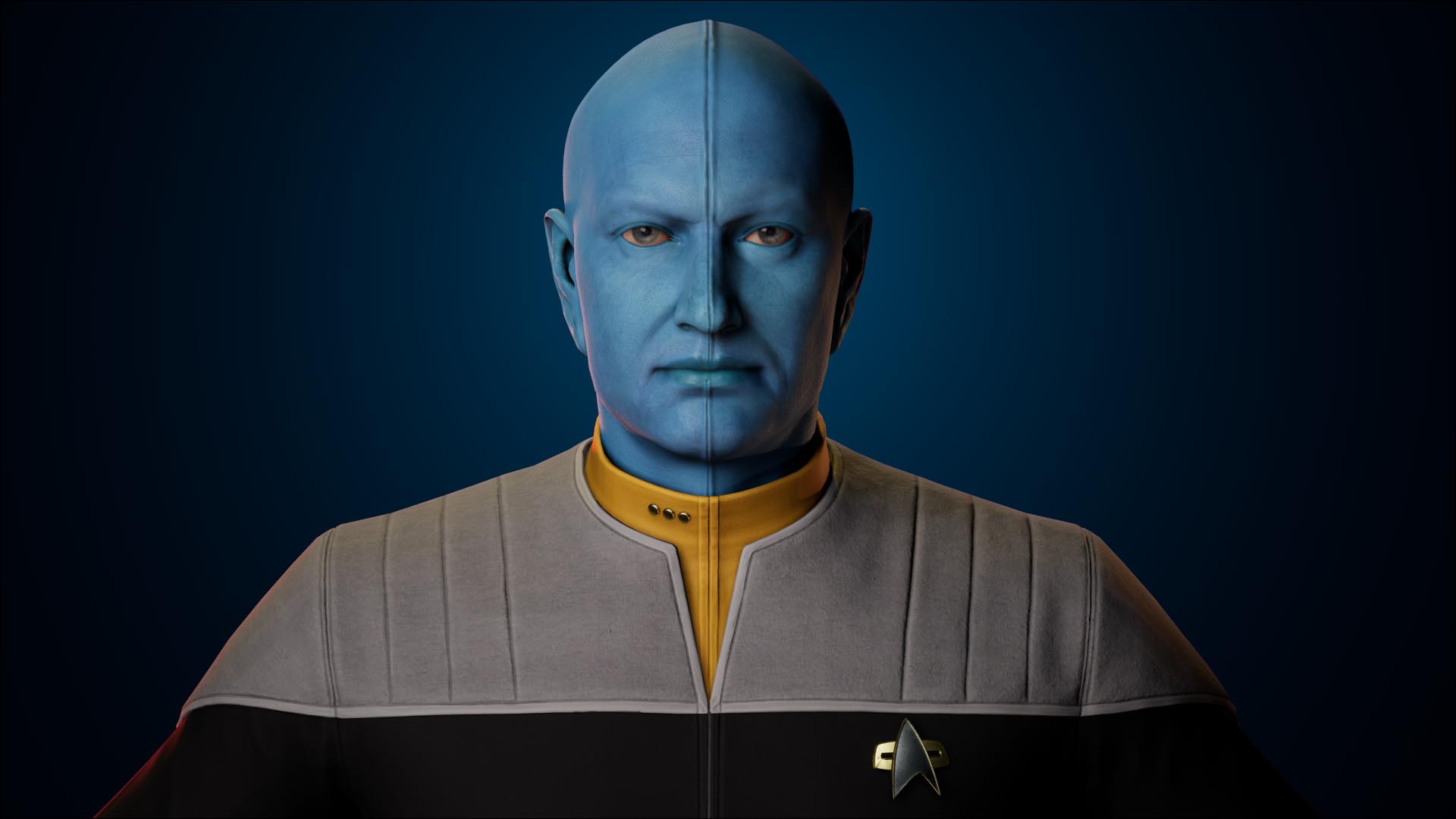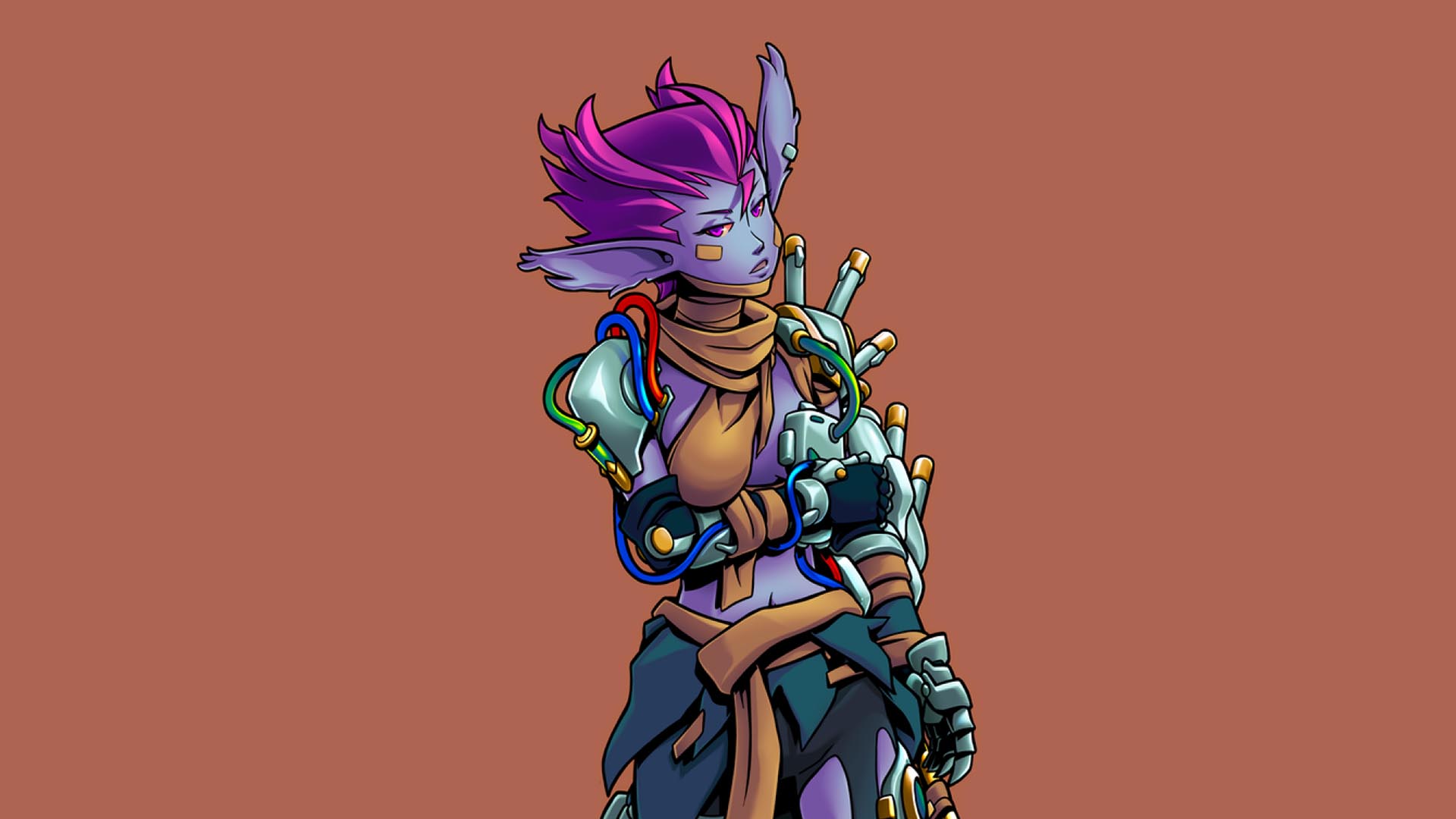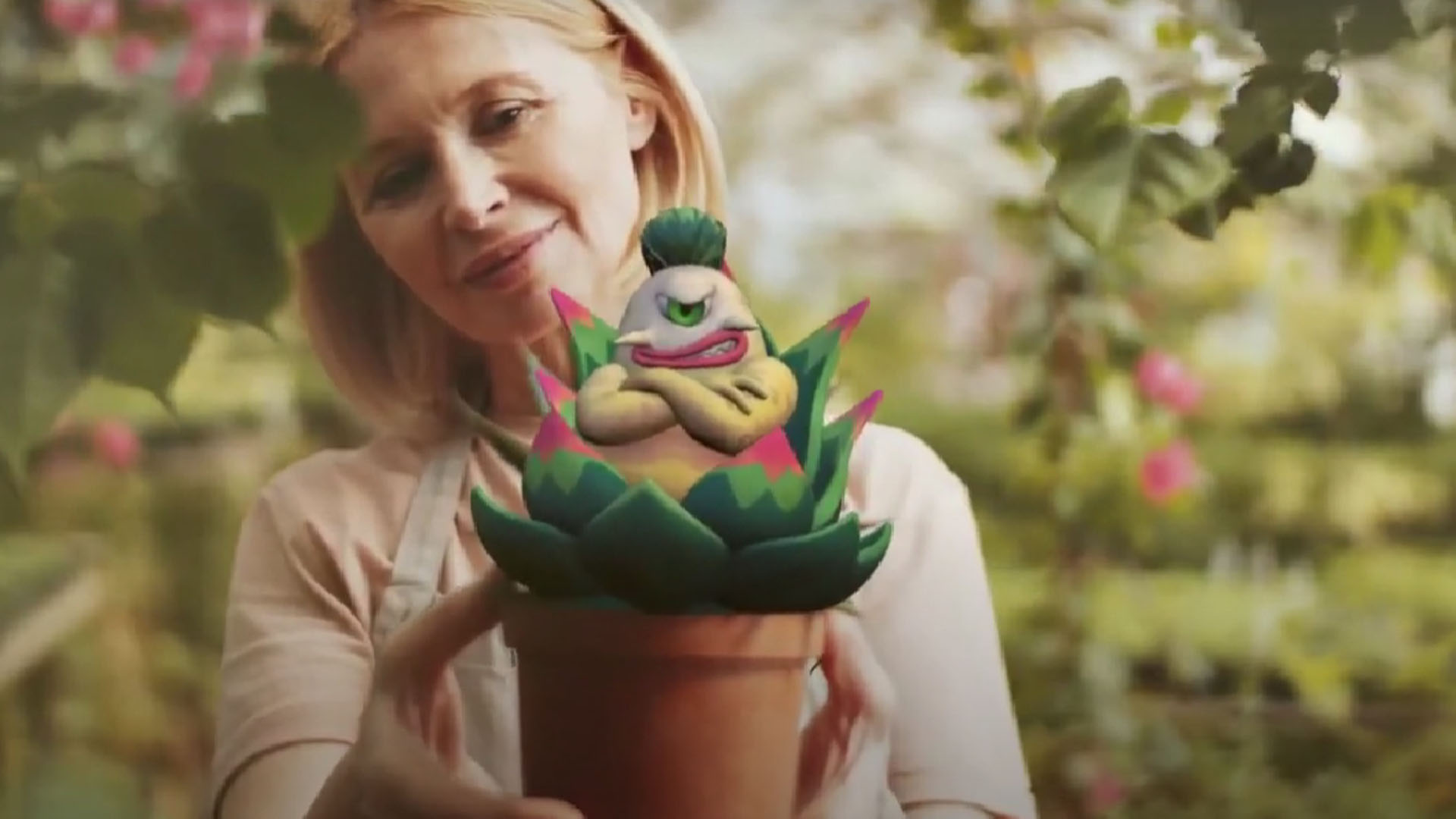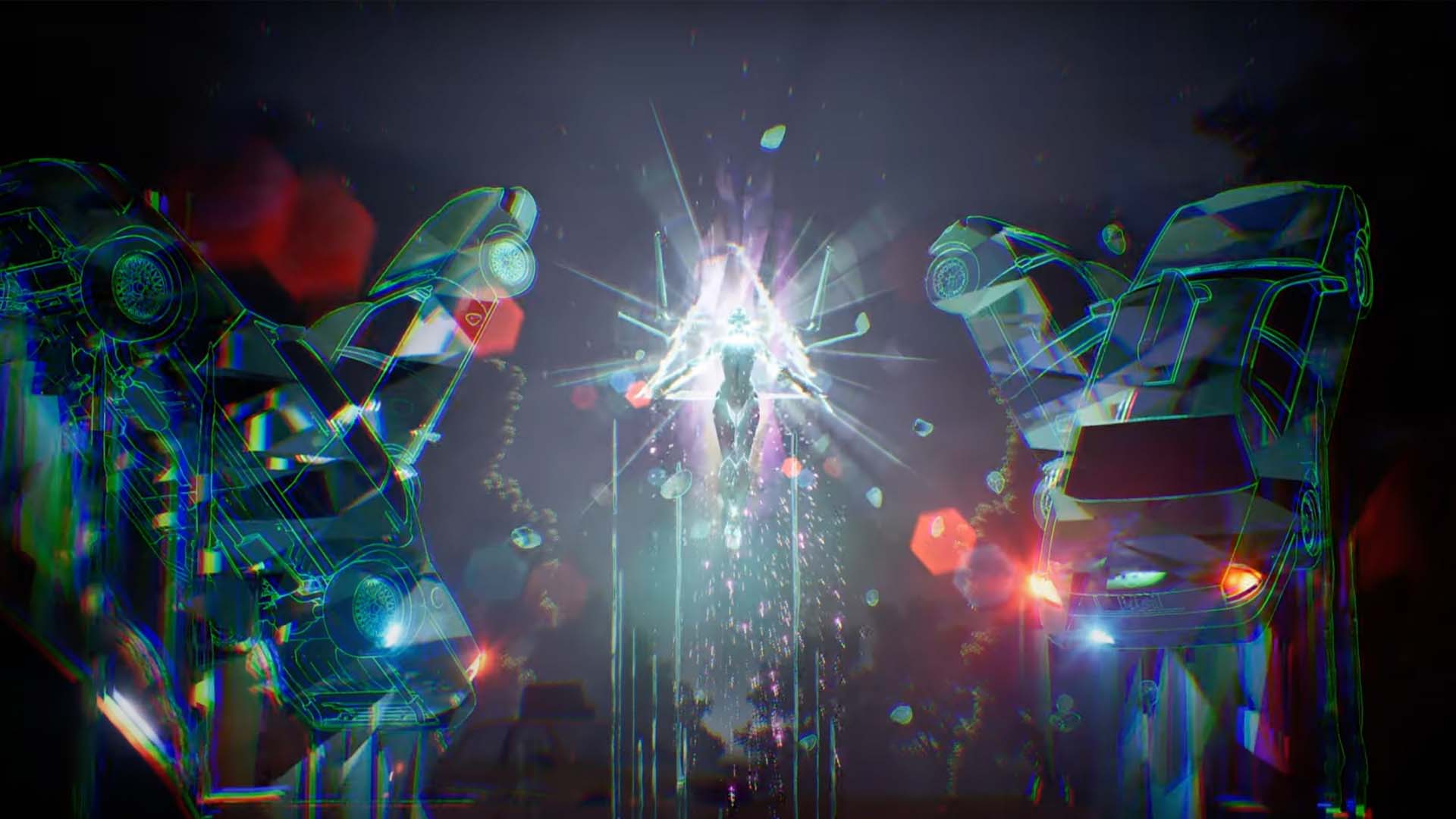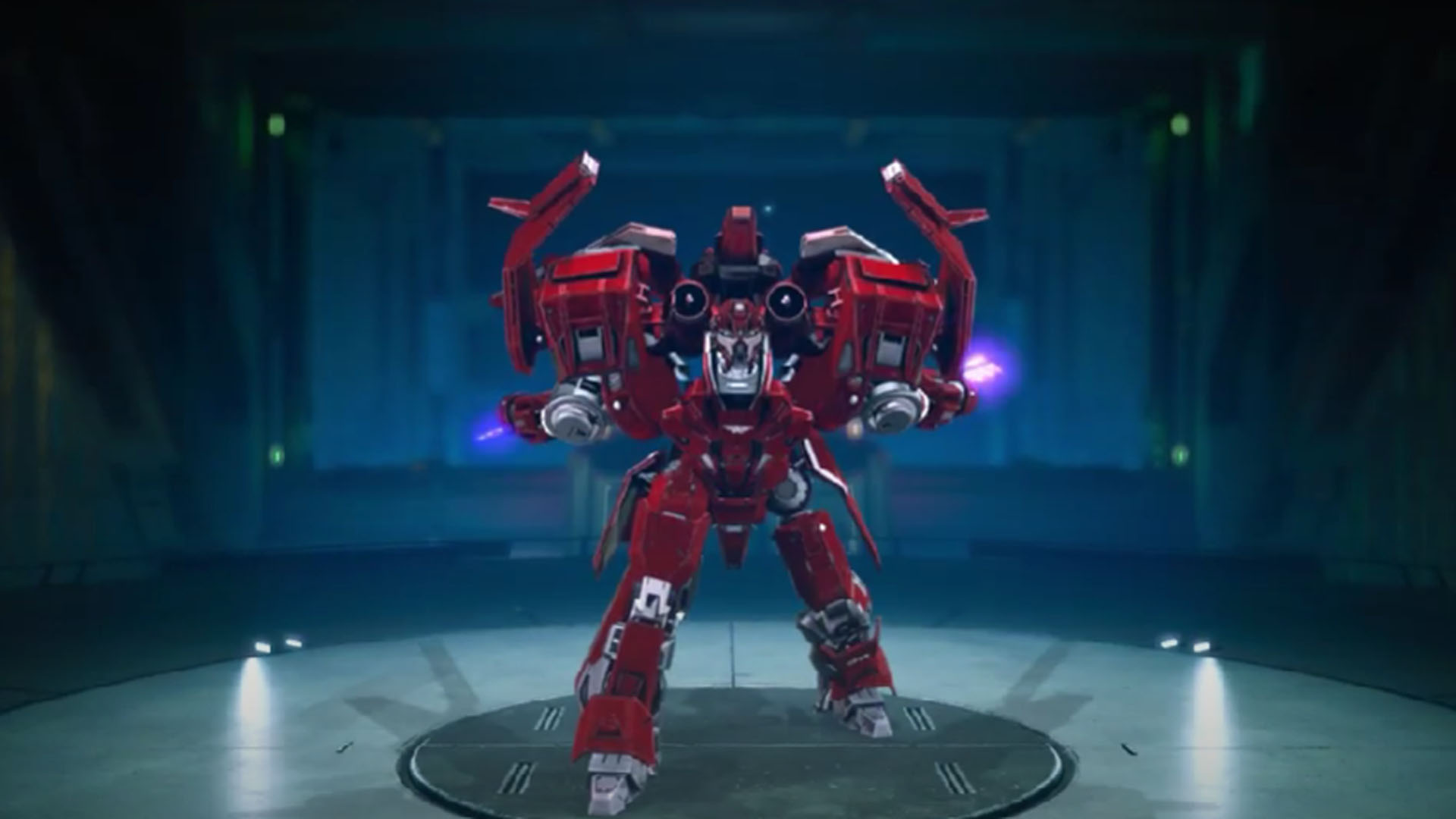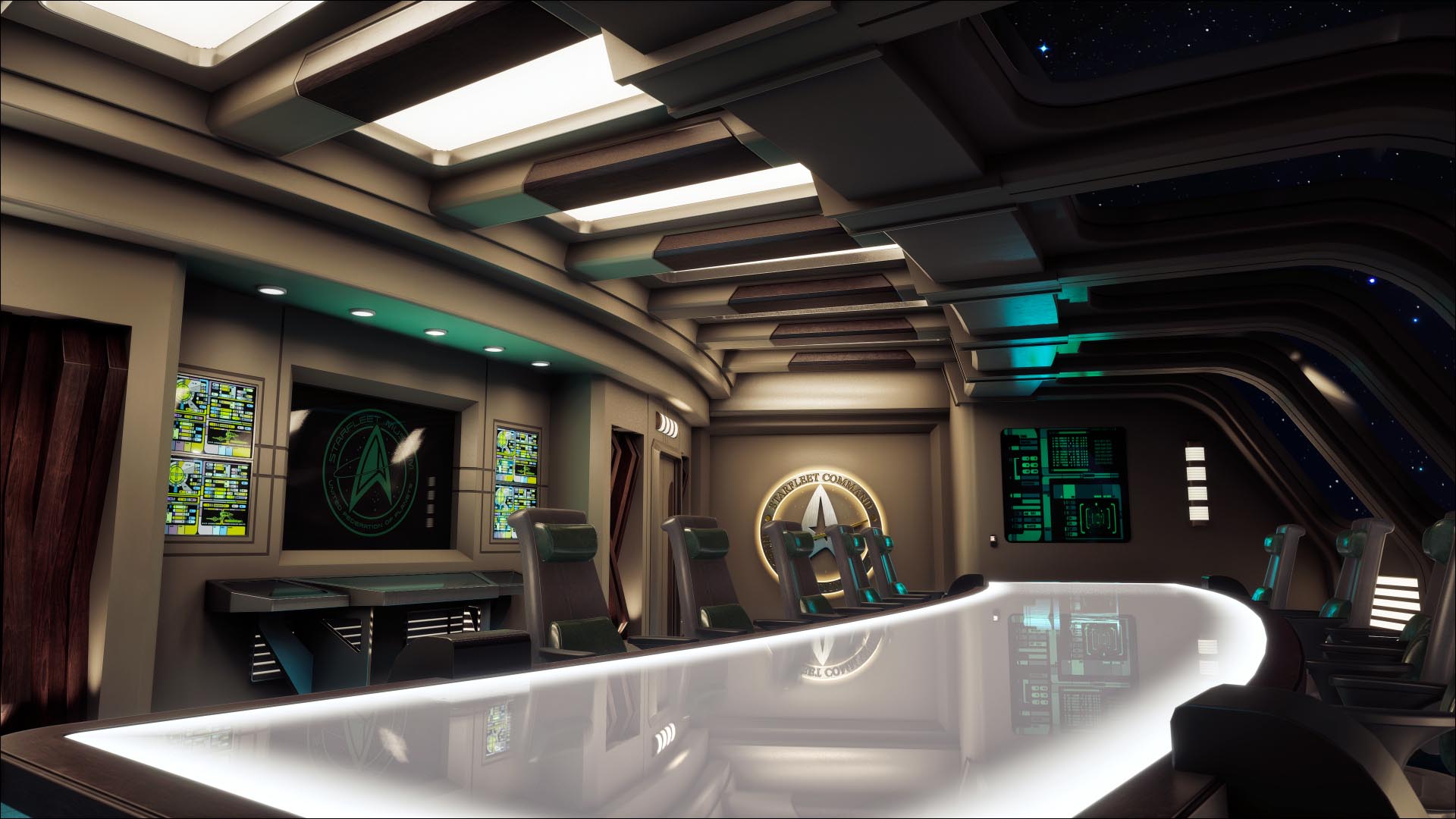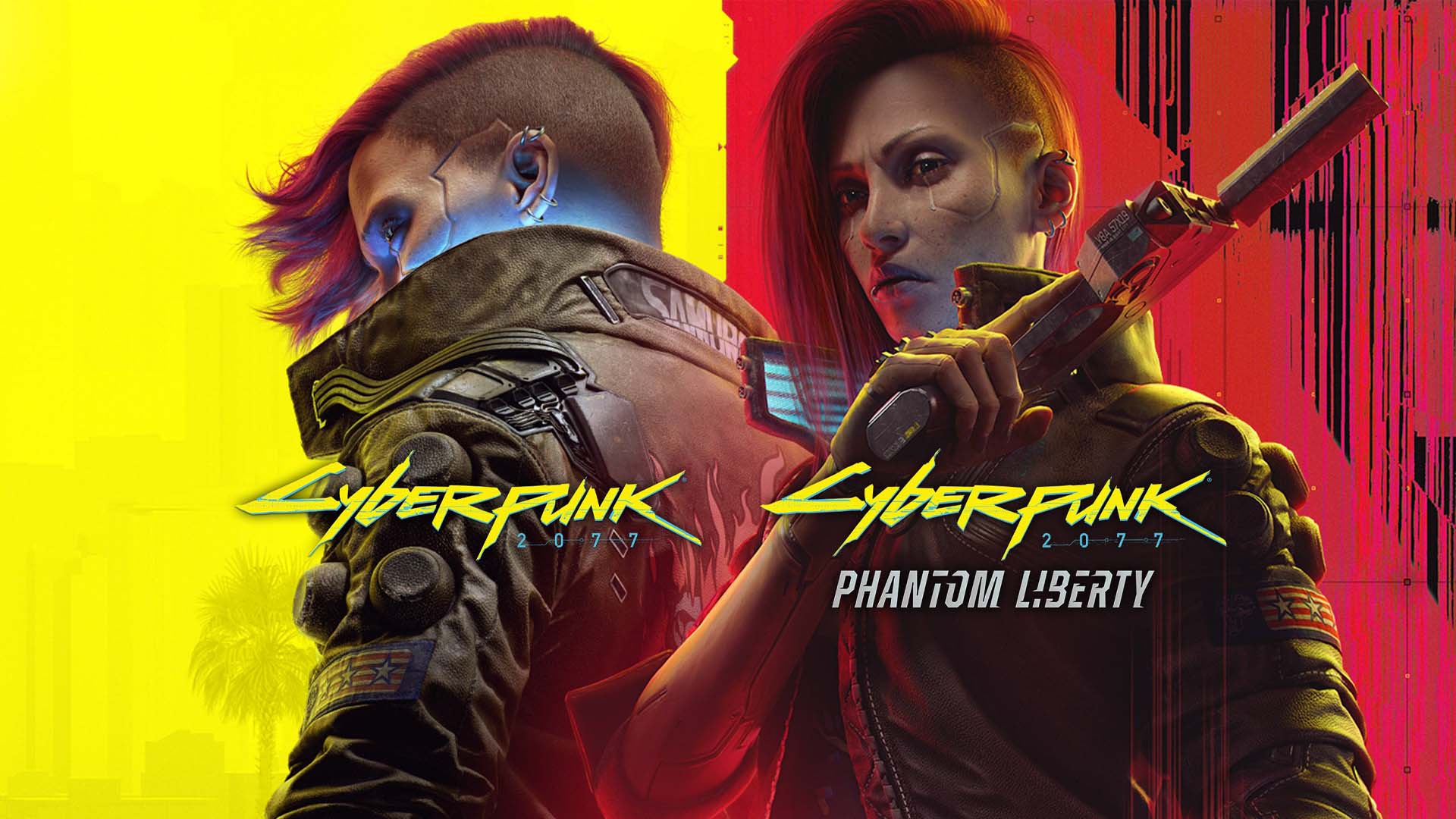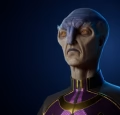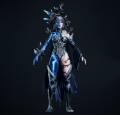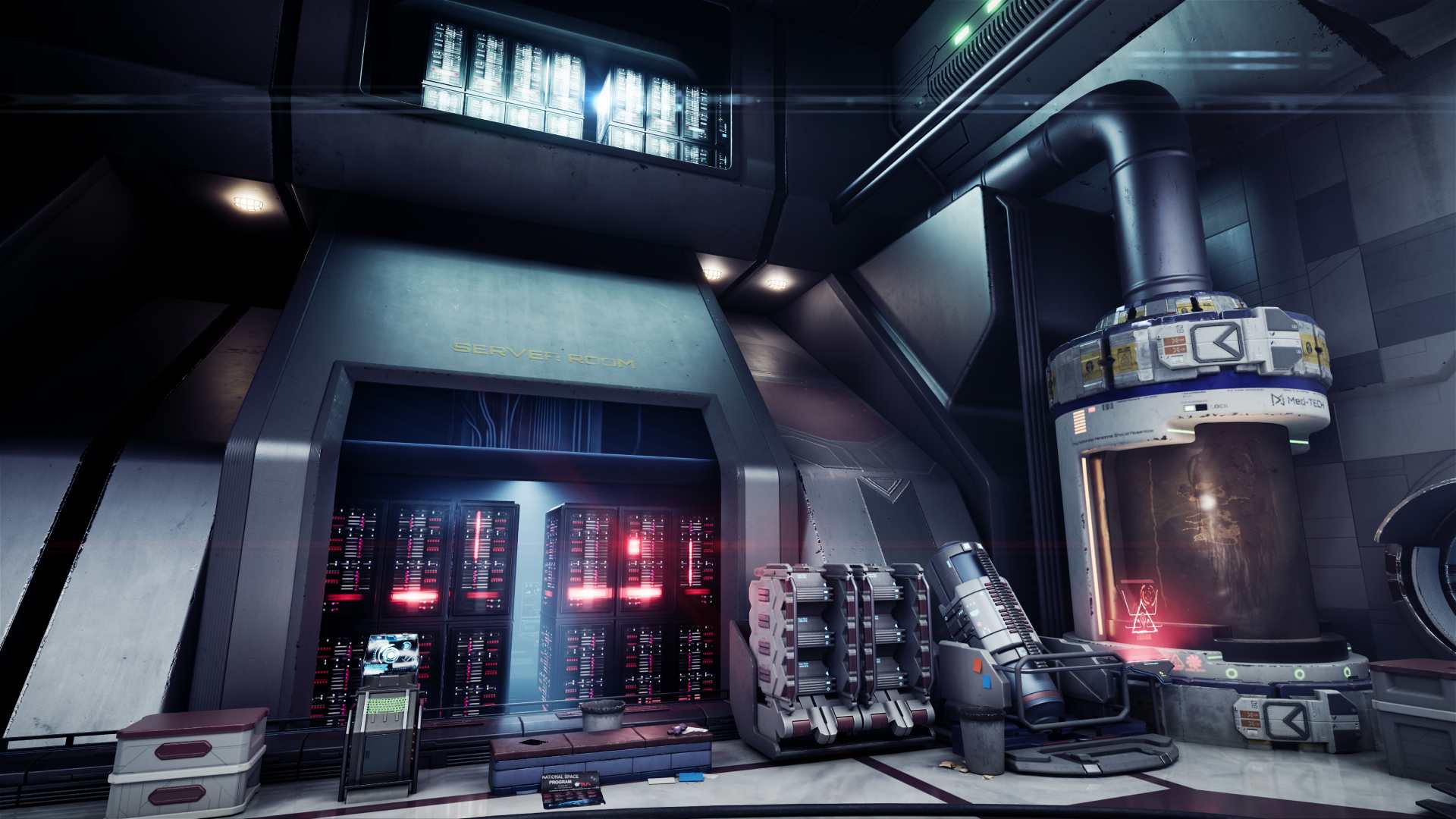Next up on our Day in the Life series, we dive behind the scenes into 3D artists! From churning out 3D concepts to delivering final 3D models, environments, and assets, like those seen in our PC/Console Art Portfolio, 3D artists make up a large part of the development process.
We talked to one of Magic Media and Ringtail Studios’ lead artists, Victoria Lotuhova! She is a veteran of the industry and now helps out in a leadership and supervisory role, alongside her work as a 3D artist.
What is a 3D Artist?
A 3D artist can work in almost any industry but most commonly, in games and media production. Typically, they work with and create original 3D models, animations, and effects. They are responsible for the core of every modern 3D object, character, effects, environment, and asset you’ve seen or interacted with in games.
Victoria explains that a 3D artist’s job consists of modeling and creating their art but also working with several, different teams. A 3D artist must be in communication with the concept artists, riggers, animators, and the QA team. This is because the whole pipeline of concept to creation for 3D art must be filled with lines of communication.
Every step informs its successor so it’s integral, as Victoria explains, that she is in constant contact with the teams around her.
What’s a Typical Day Like?
The day-to-day is as varied as can be with artists addressing different tasks and jobs on projects daily. For Victoria, as an art lead, she sometimes helps or supervises other artists in delivering their work. But for her, in general, her day starts with checking client feedback and working from there.
The projects we work on are varied, from PC and mobile to console and browser based. Recently, Victoria has noticed the majority of projects are in fact games on PC rather than console. In general, she finds her workload consists of creating clothes, hair, weapons, tools, and more for the projects. Projects are always changing and never the same and her days are the same.
The tools of the trade are constantly evolving but currently, Victoria’s toolset is standard with unique tools being introduced if needed or client requested. These include Blender, ZBrush, Maya, Marmoset, and Substance Painter.
Tackling Challenges
When it comes to tackling challenges, Victoria relies on two constants. Her colleagues’ advice, and Google! She says that a team member’s insight and advice are invaluable but that an artist should never shy away from using Google. It is an endless repository of growing knowledge, problem-solving, and guidance in both working and usage of trade tools.
She also reports constantly to the QA team, a manager, and assigned producer. Each are formidable development and art veterans and their feedback mean the difference between good and great results.
The Artistic Pipeline
For creating a 3D model, Victoria explained it step by step.
- First there is the blockout stage – which is entirely about shape and silhouette. At this stage, the model is very basic and rough with no small or intricate detail.
- Next, the model is worked with detail and refinement. Detail is introduced here. This is called “highpoly”. Where the model’s polycount is left unlimited to give the model as much detail and intricacy as possible.
- To deal with the polycount limits in games, the “lowpoly” stage follows. This is where the highly detailed model is turned into a texture for future baking.
- This is then used for the UV stage – which is projecting the lowpoly texture onto a lower poly 3D model. This means that games can benefit from a higher detailed character without suffering the overwhelming polycount of their actual detail
- Then, the lowpoly texture is baked onto the model – solidifying it in place for future renders.
- Finally, we texture – which is taking the baked 3D and putting textures onto it to give it depth and a feeling of being real on screen.
The length of this process varies based on what the object or asset is. Victoria explains that it is entirely dependent on the concept, references available, and the purpose it serves in the project.
And it’s important to note that this all happens after a bulk of work from 3D artists! Victoria laid out the rough pipeline before she even begins to model. The team and artists must first come to grips with the project, what type it is, what style they’re looking for etc. Then, they must read and review the documentation regarding workflow, technical specifications, and client wishes. After this, the artists begin to check each concept for future modeling. Things like the complexity or difficulty of the concept, particular details and materials, and begin gathering references.
And after that, then, they begin to model.
We hope you enjoyed this look into the day-to-day of our 3D artists. If you’d like to discover more of our PC/Console services, you can find them listed here. If you’re seeking a career in games, entertainment, VFX, or cybersecurity, visit our careers page. Finally, if you’re interested in availing of our artistic expertize, get in touch today.

